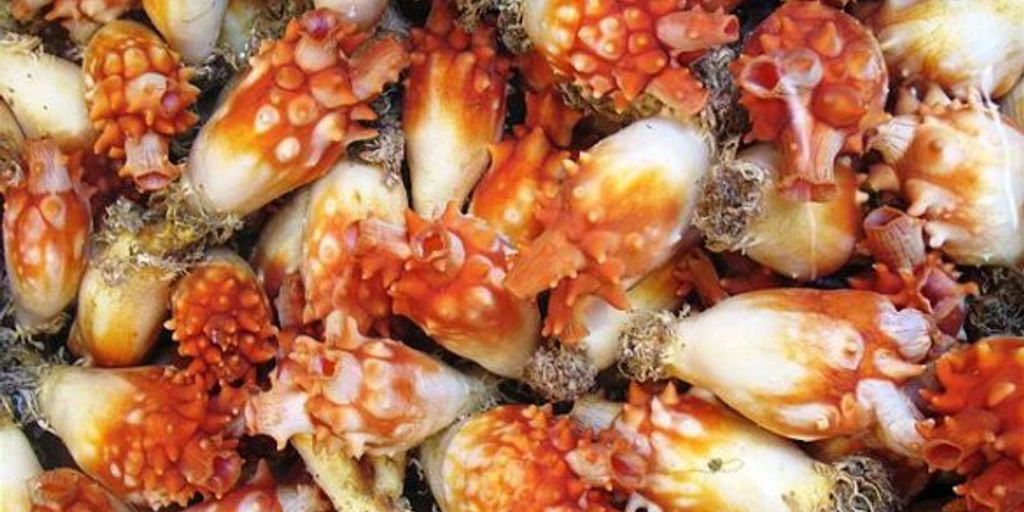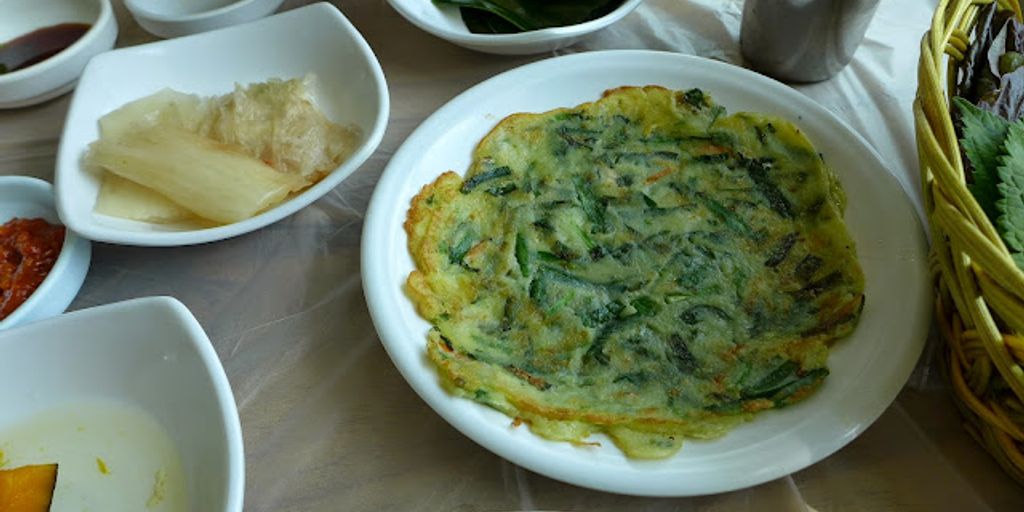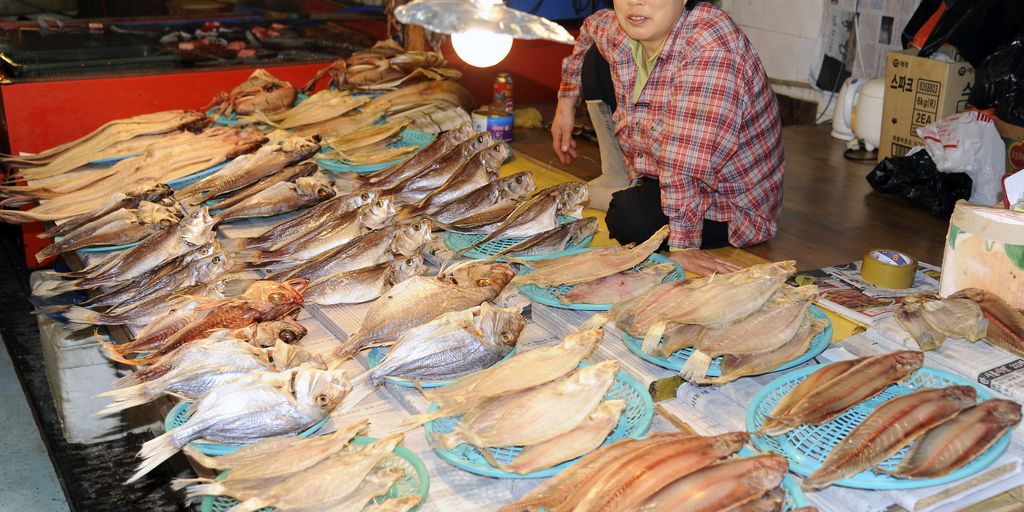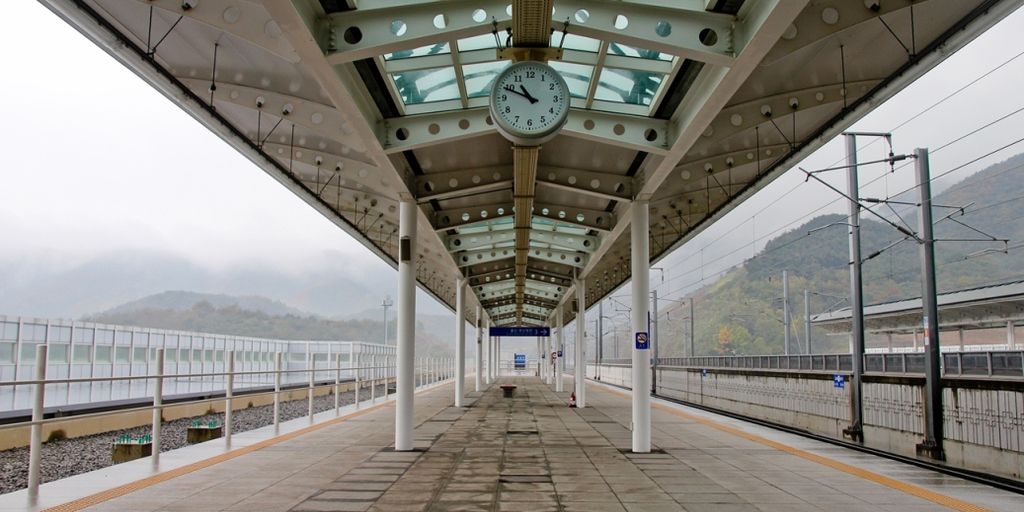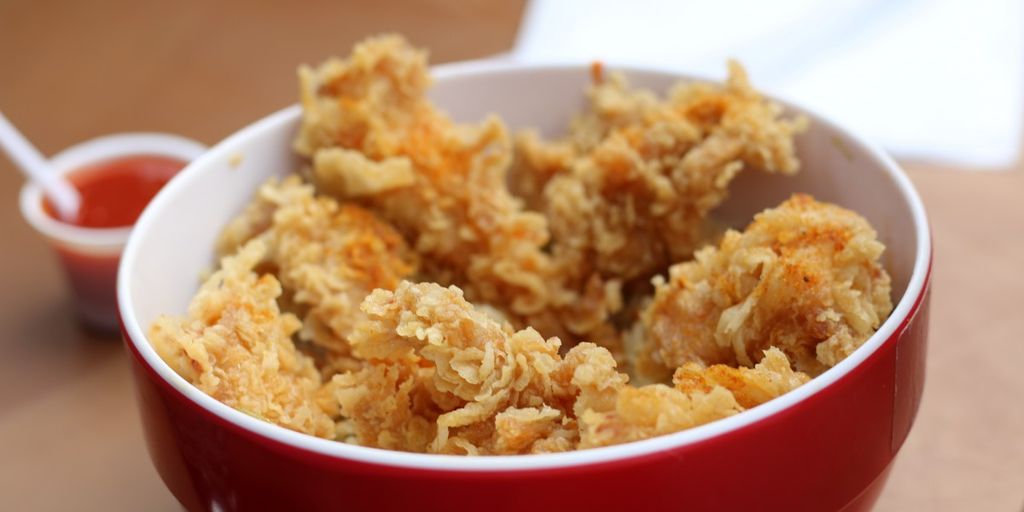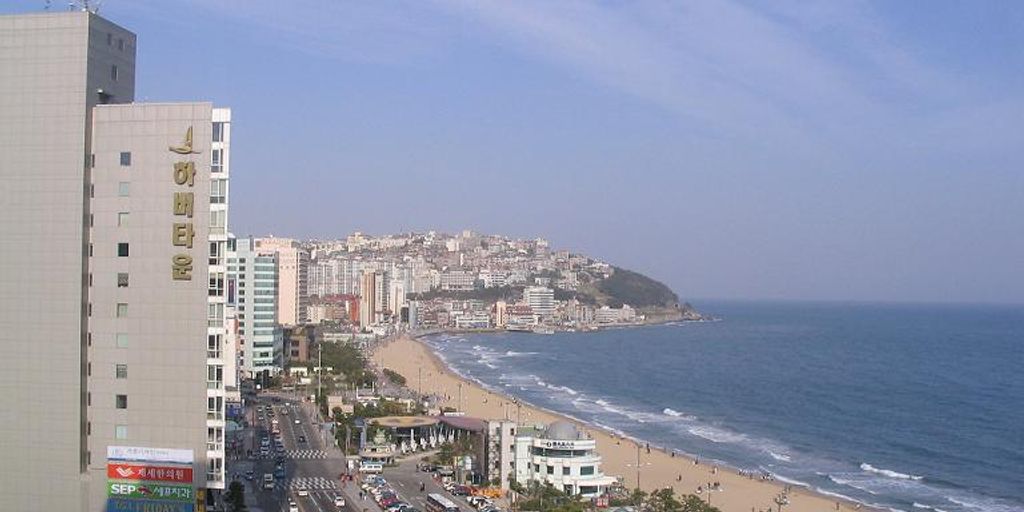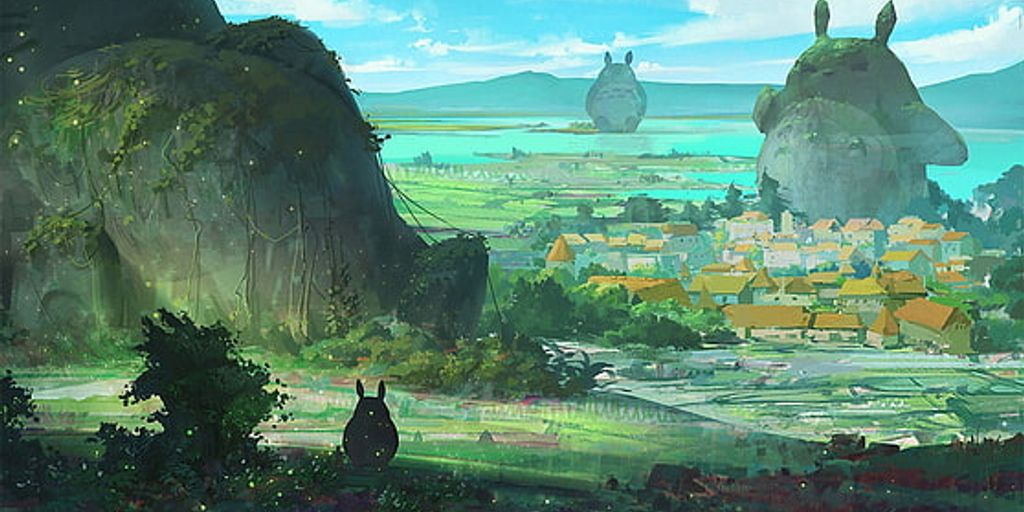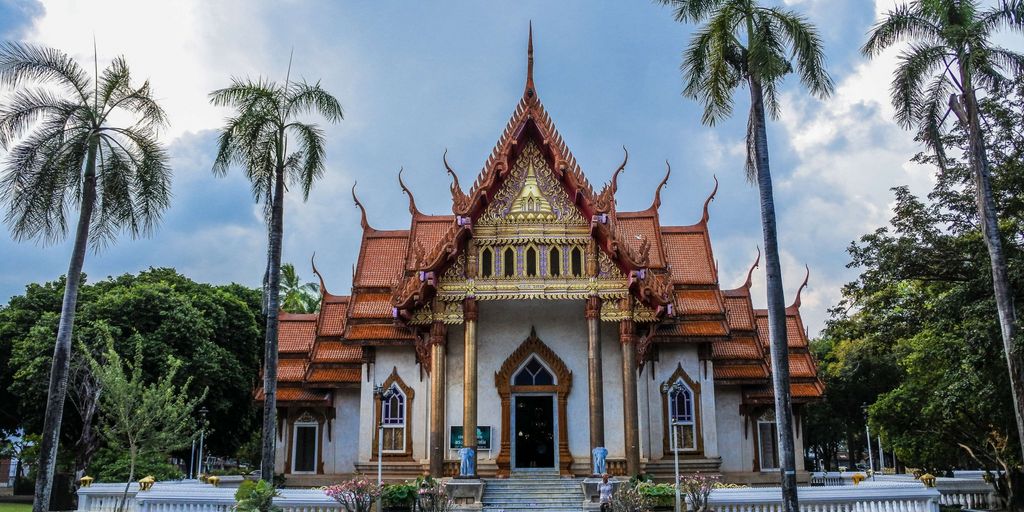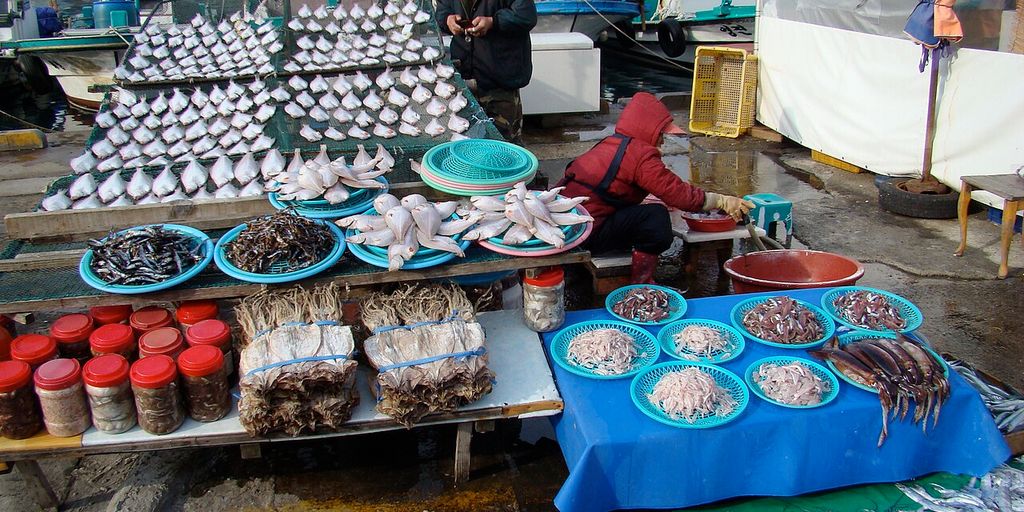Busan, South Korea’s second-largest city, is a bustling metropolis known for its stunning coastline, vibrant culture, and, most importantly, its delectable street food. From sweet treats to savory delights, the street food scene in Busan offers a culinary adventure that is not to be missed. Whether you’re wandering through the lively markets or exploring the scenic streets, these must-try street foods will give you a true taste of Busan’s rich culinary heritage.
Key Takeaways
- Ssiat Hotteok is a sweet and crunchy pancake filled with seeds, unique to Busan.
- Eomuk, or fish cake, is a versatile and popular street food with various flavors and preparations.
- Dwaeji Gukbap is a hearty pork soup rice dish that holds cultural significance in Busan.
- Hotteok is a classic Korean pancake, with a Busan variant known as Ssiat Hotteok.
- Tteokbokki, spicy rice cakes, is a beloved street food that can be paired with other snacks for a complete meal.
Ssiat Hotteok: The Sweet Seed Pancake
Ssiat Hotteok is a special type of sweet pancake that you can only find in Busan. It’s a must-try treat for anyone visiting the city!
Eomuk: Busan’s Famous Fish Cake
Eomuk, also known as fish cakes, are a beloved street food in Busan. These tasty treats are made from ground fish mixed with starch, vegetables, and seasonings. They are then shaped, cooked, and served on a wooden skewer, often with a side dip or sauce.
Dwaeji Gukbap: Pork Soup Rice
If you’re in Busan, you have to try Dwaeji Gukbap! Seomyeon Market is a great spot to find several Gukbap shops in a row. The ones near Seomyeon Station are especially popular. You can also find good places around Nampo, but the Seomyeon area is highly recommended.
Dwaeji Gukbap is made by simmering pieces of pork in a broth until tender. The soup is then served with rice, various seasonings, and vegetables. This dish was invented after the Korean War when people used pork bones from the American army to make a hearty meal.
This dish is a favorite among both Busan locals and tourists. It’s known for its satisfying and savory flavors. Interestingly, it’s one of the few Korean dishes that is not spicy, making it great for tourists who might not be used to spicy food. You can even have it for breakfast!
Dwaeji Gukbap is a traditional Busan dish made with pork and rice. It’s a warm, comforting meal that’s perfect for solo diners.
Hotteok: The Classic Korean Pancake
Hotteok is a beloved Korean street food, especially during the colder months. This sweet pancake is filled with a delicious mixture of brown sugar, cinnamon, and sometimes nuts. When you bite into the hotteok, the cinnamon sugar mixture will flow out and bring about a sweet and delicious flavor. It’s a treat that can be very addictive for those with a sweet tooth!
Hotteok vs. Ssiat Hotteok
While hotteok is popular all over Korea, Busan has its own special version called ssiat hotteok. This variation includes healthy seeds like sunflower and sesame, making it unique to the region. The addition of these seeds gives it a crunchy texture that you won’t find in the regular hotteok.
Street Vendors to Check Out
You can find some of the best hotteok at street food stalls in places like Nampo-dong, BIFF Square, and Gukje Market. These vendors cook the pancakes fresh, ensuring you get a piping hot treat every time.
Perfect Time to Enjoy Hotteok
The best time to enjoy hotteok is when it starts to get colder. This warm, sweet snack is perfect for warming you up on a chilly day. Whether you’re exploring Busan’s attractions or just taking a stroll, a hotteok in hand makes everything better.
The perfect snack to buy when it starts to get colder and colder every day! Hotteok is a delicacy that has been a favorite snack for people for a long time.
Tteokbokki: Spicy Rice Cakes
Tteokbokki is one of the most popular street foods in Korea. You’ll find it everywhere, from street stalls to restaurants. This dish features chewy rice cakes cooked in a spicy, bright red sauce. Often, it includes fish cakes and sometimes even boiled eggs. The combination of flavors and textures makes it a must-try!
Hoeori Gamja: Tornado Potato

Hoeori Gamja, also known as Tornado Potato, is a fun and tasty street food you must try in Busan. This snack is a spiral-cut potato that’s deep-fried to crispy perfection and often sprinkled with various seasonings like cheese, chili, or garlic. It’s a delightful treat that combines the crunchiness of chips with the heartiness of a whole potato.
Bungeoppang: Fish-Shaped Pastry
Bungeoppang is a delightful fish-shaped pastry that you simply must try when visiting Busan. Despite its fishy appearance, it doesn’t taste like fish at all! Instead, it’s a sweet treat that’s perfect for satisfying your sweet tooth.
Conclusion
Busan’s street food scene is a vibrant and delicious adventure that you simply can’t miss. From the sweet and savory delights of Ssiat Hotteok to the crispy goodness of twist potato chips, there’s something for every palate. The friendly vendors and the bustling streets add to the charm, making your culinary journey even more memorable. So next time you’re in Busan, make sure to hit the streets and indulge in these must-try street foods. Trust us, your taste buds will thank you!
Frequently Asked Questions
What is Ssiat Hotteok?
Ssiat Hotteok is a sweet Korean pancake filled with seeds, brown sugar, and nuts. It is a popular street food in Busan.
Where can I find the best street food in Busan?
Nampodong street is one of the best places to find a wide variety of delicious street food in Busan.
What is Eomuk?
Eomuk is a type of fish cake that is commonly found in Busan’s street food stalls. It comes in various shapes and flavors.
What makes Dwaeji Gukbap special?
Dwaeji Gukbap is a hearty pork soup rice dish that is deeply rooted in Busan’s culinary culture. It is known for its rich broth and tender pork.
How is Hoeori Gamja made?
Hoeori Gamja, also known as Tornado Potato, is made by spiraling a whole potato on a stick, frying it until crispy, and seasoning it with various flavors.
What is the difference between Hotteok and Ssiat Hotteok?
While both are types of Korean pancakes, Hotteok is usually filled with brown sugar, honey, nuts, and cinnamon, whereas Ssiat Hotteok includes an additional filling of various seeds.

